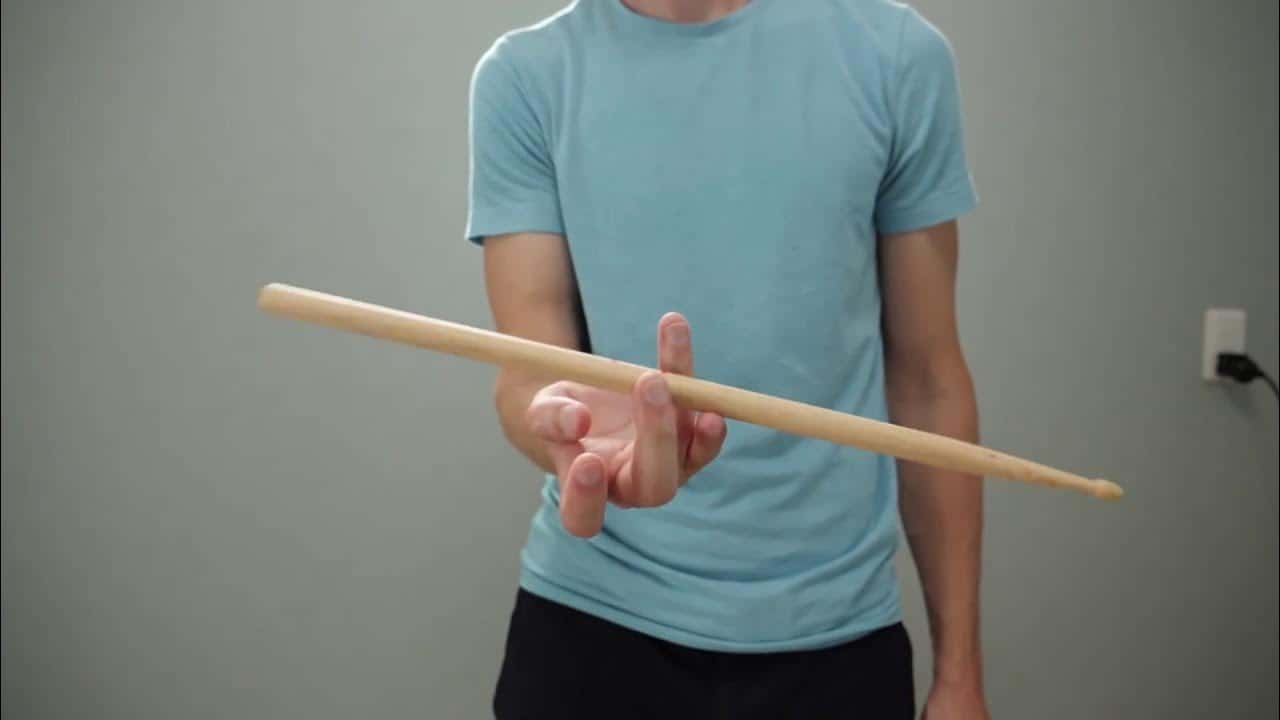Are you looking to add flair to your drumming performance and leave your audience in awe? Mastering the art of how to spin drum sticks can take your skills to the next level.
In this comprehensive guide, we’ll walk you through choosing the right drumsticks, mastering essential grip techniques, learning the spin, troubleshooting common issues, and adding flair to your performance.
Choosing the Right Drumsticks
Weight:
The weight of your drumsticks plays a crucial role in successful spinning. Lighter drumsticks are ideal for beginners as they are easier to spin, while heavier ones offer more control and stability. Experiment with different weights to find the perfect balance for your performance as you advance in your spinning skills.
Material:
Drumsticks come in various materials such as wood, nylon, or aluminum, each offering a unique feel and weight. Wooden sticks are popular for their natural feel and versatility, nylon sticks are lightweight and durable for fast spins, and aluminum sticks, being the heaviest, provide excellent control for advanced spinning techniques.
Basic Grip Techniques
Traditional Grip:
Commonly used in jazz and marching band drumming, the traditional grip involves holding the drumstick between the thumb and index finger while resting it on the ring finger. This grip allows for fluid wrist movements, making it ideal for intricate spinning maneuvers.
Matched Grip:
Widely used in rock, pop, and fusion drumming styles, the matched grip involves holding both drumsticks with the same grip. This provides symmetry and balance, offering stability and control for powerful spins and flips.
Learning the Spin
Start with the Thumb Roll:
The thumb roll is a fundamental spinning technique that forms the basis for advanced spins. Hold the drumstick between your thumb and index finger, using your middle finger to push the stick over your thumb, creating a rolling motion. Practice until you can smoothly roll the stick between your fingers.
Practice with Both Hands:
To become proficient in spinning drum sticks, practice with both hands. Master the spin with your dominant hand and gradually develop the same level of skill with your non-dominant hand. This balanced approach enhances your overall drumming performance.
Troubleshooting Common Issues
Dropping the Sticks:
Dropping sticks is common when learning to spin. Prevent this by ensuring a firm grip and practicing over a soft surface. Grip tape or gloves can provide extra traction, minimizing the impact of drops.
Uneven Spinning:
Address uneven spinning by maintaining a consistent grip and applying equal pressure on the drumsticks. Practice spinning at different speeds and angles to develop a smooth and controlled technique.
Adding Flair to Your Performance
Behind the Back Spin:
The behind-the-back spin is a visually impressive maneuver. Spin the drumstick in front of you and smoothly transition to spinning it behind your back. Practice gradually to increase speed and fluidity.
Twirls and Flips:
Experiment with different hand movements and wrist flicks to create captivating twirls and flips. These advanced spinning techniques will captivate your audience and showcase your mastery of drumstick spinning.
In conclusion, learning how to spin drum sticks requires patience, practice, and dedication. By choosing the right drumsticks, mastering basic grip techniques, learning the spin, troubleshooting common issues, and adding flair to your performance, you can become a proficient drumstick spinner. So, grab your drumsticks, start practicing, and get ready to dazzle your audience with your newfound spinning skills!
FAQs on How To Spin Drum Sticks
-
How do you twirl a band stick?
Let the stick fall over the index finger and place your middle finger on the stick. The stick should now be between your index and middle finger, with the tip of the stick facing downwards. This sort of ‘push, roll, switch fingers’ motion will be used throughout the spin.
-
How do you make drum sticks grippy?
The best advice I had as I begining to play drums is to grab well the sticks between thumb and index finger. It should be a good gripper that allows the stick to move while holding it and letting other fingers push it. Practice and relearn all you know while doing this.
-
Why do drummers hold their sticks sideways?
Although tilting is not required, it helps align the shoulders and spine and is more ergonomic. Many drummers use traditional grip on drums that are perfectly horizontal, especially in marching percussion.
Originally posted 2023-11-17 05:10:07.

